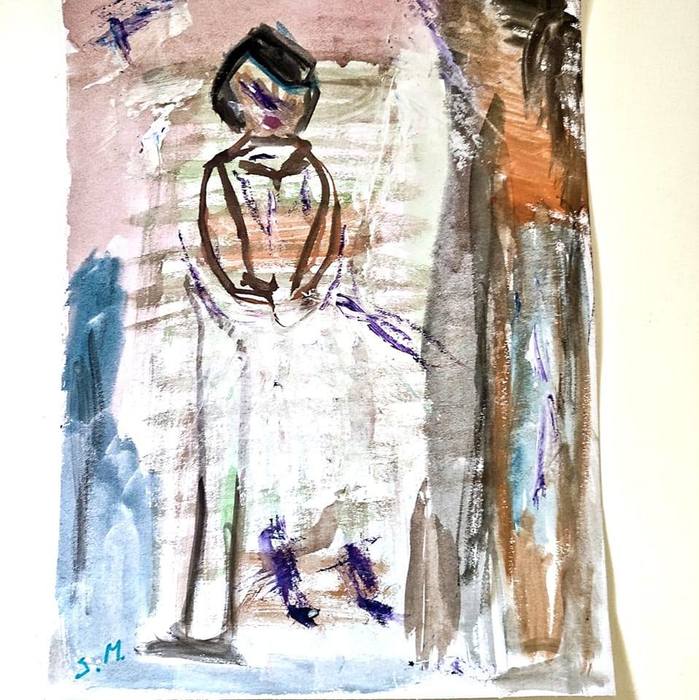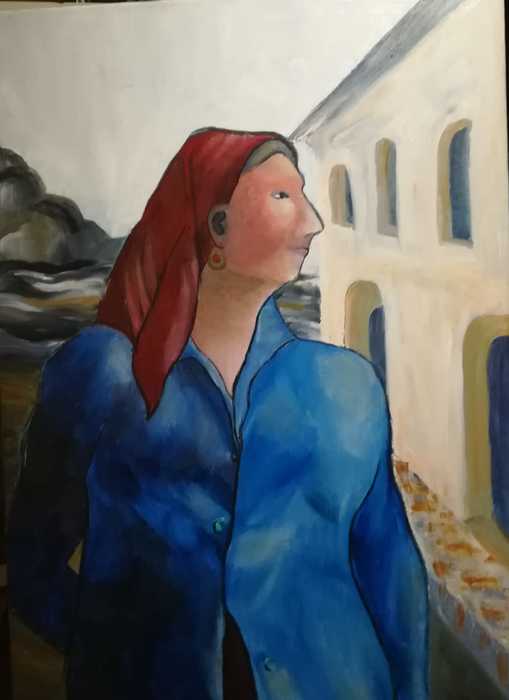13.12.25
SEÑOR DE TENERIFE.
posted by Jesús Martín.El Santísimo Cristo de La Laguna, es una imagen muy antigua. Cuenta la tradición que se la regaló un amigo al conquistador de la Isla, Fernández de Lugo, allá por el siglo xv.

El Santísimo Cristo de La Laguna, es una imagen muy antigua. Cuenta la tradición que se la regaló un amigo al conquistador de la Isla, Fernández de Lugo, allá por el siglo xv.

"Птица счастья завтрашнего дня"

It is a good place to be when technology has expanded to this good time we have to explore our creativity. Friends inspite of rising costs and expenses I hope our time together will be a profitable display of gainful market place value for our hard work. My name is Bytextmicheeng and this is my presentation and portfolio.

It is a language that needs no translation, because it speaks directly to the heart. Every brushstroke is a verse, every shade a breath that expresses what words cannot. On paper, a quietness is born that hums, a light that sings, a space that breathes. Colors blend like rhymes, creating a rhythm that flows through me and beyond me. When I paint, I am not merely creating an image — I am writing emotions that seek their form. In this dance of water, pigment, and light, my inner melody becomes visible. My paintings are my unspoken verses, my whisper to the world: that every color has a soul, every moment carries beauty, and that art exists where the heart speaks before the voice.

È l'immagine di una emarginata che con la sua presenza ed essenzialità sceglierà tra la vita libera della natura e la città come simbolo della sua condizione.
